The point is that if you want to tune to a new frequency (radio channel) then you move the local oscillator frequency to keep the intermediate frequency precisely the same as it was. Then and only then will the IF filters amplify the new channel and largely reject close by channels.
So if your IF is 455 kHz and your LO is 1500 kHz then this tunes in a radio station having a frequency of 1045 kHz. If you want to tune in a radio station at 1000 kHz, the LO needs to drop to 1455 kHz to maintain the IF at 455 kHz.
To help the OP understand this a bit more here's a block diagram of ganged capacitor tuning to operate the antenna filter and local oscillator together: -
Sometimes three ganged variable capacitor are used: -
Sometimes dual IFs are used for extra image rejection: -
Pictures courtesy of this site
Triple ganged tuning capacitor for AM broadcast bands: -
And one last attempt to make this clear: -
The top picture shows a typical AM spectrum with several channels occupying the range 530 kHz to 1600 kHz. The middle picture has all those channels (mainly in red) reversed and shifted down because of the mixer and LO (1355 kHz). Note the position of the 1600 kHz channel (green) has reversed through 0 Hz and so I've shown it dotted along with the other channels that mirror then reverse through 0 Hz.
Note the desired channel (in gold) at 900 kHz has effectively moved down to 455 kHz (1355 kHz - 900 kHz). In the final picture the I.F. filters get rid of all the channels apart from the gold one.
